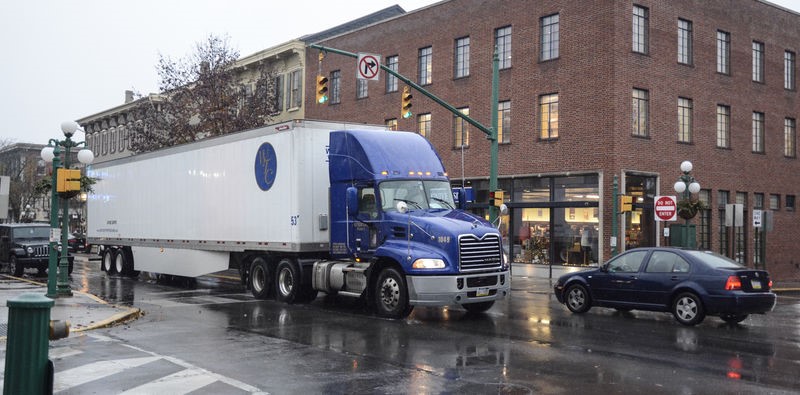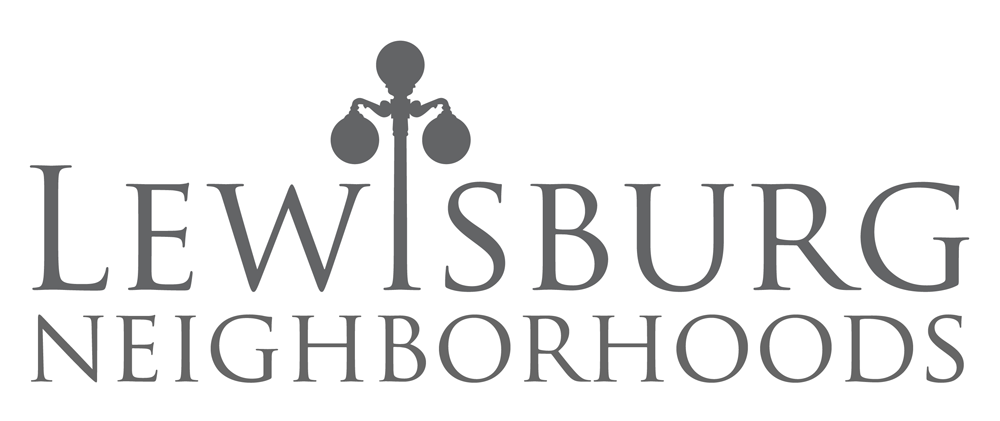
Whenever the idea of increased access to radar speed enforcement crosses the legislative docket as is the case right now in PA, we're guaranteed a crop of angry letters to the editor defending the right to drive as fast one wants and decrying radar enforcement as a money grab. These letters are published wherever drivers' rights to speed are questioned. They appear to come from citizens in the states in question, but are unsurprisingly the work of an "astro-turf," i.e. fake grassroots advocacy organization. They represent the National Motorists Association, a for-profit drivers' rights lobbying group.
Last year, the PA spokesperson for the NMA harshly criticized infringements on drivers’ right to drive as fast as they want, proclaiming the idea that speed kills to be a myth. The organization is on the record as opposing a variety of road safety measures, such as speed limits, Vision Zero policies (which seek to eliminate fatalities in transportation infrastructure), red light cameras, and the idea that impaired drivers are dangerous drivers. Last year's widely disseminated letter proposed to reduce driver exposure to speeding tickets by a general practice of increasing speed limits to match drivers’ desired driving speeds. This perspective, along with their other positions, is a strange one for anyone who values road safety, but is sadly all too common.
The writer contended that because only a small fraction of accidents are fully attributed to speed, that speed is not an issue worth attending to or focusing laws and enforcement on. It is instructive to think instead about the role speed plays in any accident. The point of the saying “speed kills” is that, all other things being equal, a given accident is more likely to result in fatalities, the faster the vehicle(s) are going. The hazard applies both to drivers and passengers inside cars as well as to other road users not protected by a vehicle (pedestrians and cyclists). According to studies assessing the relationship between vehicle speed and crash injuries, at speeds above 20mph, every increase in speed of 5mph doubles the likelihood of death for those not within cars. (Visit bit.ly/SpeedKillsPeds to review the research.)
But that was last year! This year, the radar speed enforcement bill is again gracing legislators' desks and a new letter just appeared in the local paper at the end of June, exhorting the state to reject the bill and in fact increase speed limits. It talks about highway safety not being impacted, but the expansion of radar speed enforcement access to local police departments is much more a matter or road safety, i.e. speeds on streets where many of the users are not ensconced inside a motor vehicle. Furthermore, the idea of increasing speed limits to the 85th percentile speed might actually make sense if only the speeds of those driving in compliance with the motor vehicle code including yielding to pedestrians in crosswalks and passing safely (leaving 4' clear) around bicycles. The NMA might be surprised to discover speed limits dropping rather than increasing were such courteous and law-abiding driving the metric engaged to calculate a true 85th percentile, i.e. not the 85th percentile of willynilly driving, but the 85th percentile of legal driving.

Opinions in favor of untrammeled speeding and drivers' rights above all else are often encouraged by the built environment. In many cases, our streets were designed solely for motor vehicles, while accommodating other modes of transportation was simply an afterthought. Or in more historic locations, they may have been originally designed for everyone but so ceded to cars in the past 80 years as to be indistinguishable from the former. The NMA lobbyists are just taking these biases to an extreme. But the reality is that our streets are public spaces and they need to be serving all modes of transportation and balancing all users’ needs. As it currently stnads, you could think of many of our streets as incomplete in a way, not doing everything they are supposed to. And since 2003, there has been a national organization working to promote an alternative: the National Complete Streets Coalition.
What are Complete Streets? Simply put, they are streets that are planned, designed, operated, and maintained to be safe, convenient, and accessible for users of all ages and abilities regardless of their transportation mode. In other words, driving, walking, cycling, transit, and deliveries are all valid and critical uses of our transportation infrastructure. Complete Streets are also highly functional and great places to be, which means they support economic development goals.
As a recent letter writer in the Daily Item noted in response to the latest NMA screed, " there is a simple way to avoid speeding tickets, don’t speed. "


